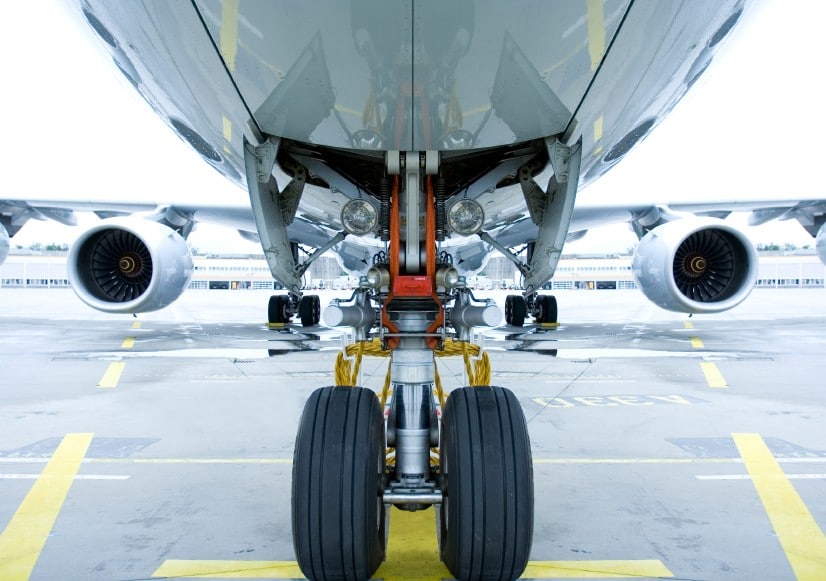While it appears as though passenger rights legislation will not be implemented any time soon in Canada, regulatory changes aimed at enhancing airline passenger protection in the United States are scheduled to take effect April 29, 2010. The U.S. Department of Transportation (“DOT”) published the regulatory changes on December 30, 2009.
The changes follow in the wake of a number of incidents of lengthy tarmac delays and an attempt by the New York State government to enact legislation in this area (the New York passenger rights law was struck down on the grounds that aviation is within federal jurisdiction). In one of the most high-profile recent incidents, 47 passengers spent nearly six hours overnight on the tarmac in Rochester, Minnesota, with only pretzels to eat.
Generally, the new regulations apply to U.S. scheduled or charter carriers that operate aircraft capable of carrying at least 30 passengers. The requirements apply to all flights operated by such carriers, including international flights and flights using aircraft with less than 30 seats. The requirements do not apply to Canadian or other foreign carriers.
The regulations require carriers to create and adopt customer service plans including contingency plans for lengthy tarmac delays. Carriers will be required to post their contingency plans and information regarding flight delays on their website. In addition, unrealistic scheduling and chronically delayed flights are deemed to be unfair and deceptive practices.
Carriers will be subject to fines for “lengthy” tarmac delays unless:
- the pilot-in-command determines there is a safety or security-related reason why the aircraft cannot leave its position on the tarmac to deplane passengers; or
- air traffic control advises that permitting passengers to deplane would significantly disrupt airport operations.
For domestic flights, “lengthy” is over three hours. For international flights, the length of time that an aircraft will be permitted to remain on the tarmac must be determined by the carrier and set out in the carrier’s contingency plan. Carriers must ensure that passengers who are subject to tarmac delays have ready access to washrooms and medical attention, if needed, as well as adequate food and water within two hours of being on the tarmac. The DOT has indicated that fines for lengthy tarmac delays could be as high as $27,000 per passenger.
The Air Transport Association, has indicated that its members will comply with the new regulation although it will likely lead to more cancelled flights and more passenger inconvenience. ATA President and CEO, James C. May, recently stated, “[in] particular, the requirement of having planes return to the gates within a three hour window or face significant fines is inconsistent with our goal of completing as many flights as possible. Lengthy tarmac delays benefit no one.”


